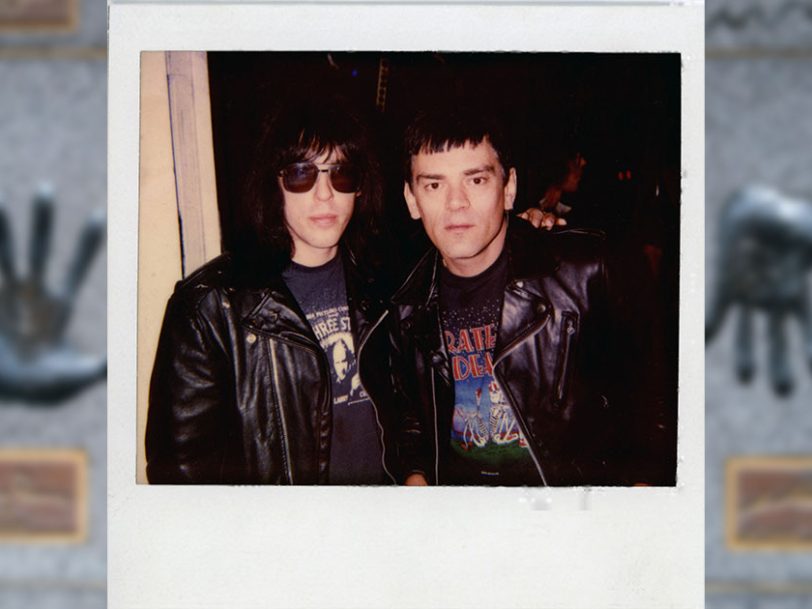Things looked bleak for Ramones as the 90s dawned. The band’s legacy as punk pioneers had long since been secured, but, as the 80s drew to a close, their future was considerably less certain. Their 11th album, 1989’s Brain Drain, was poorly received, and its release brought the band’s long-time deal with Sire Records to a close. At this stage of the game, only the most optimistic of Ramones fans could have predicted their heroes would return in triumph with their next studio set, 1992’s Mondo Bizarro.
Listen to ‘Mondo Bizarro’ here.
“It felt like I was going to meet Elvis”
As the old cliché goes, it had to get worse before it got better for the iconic New York City punks, for Brain Drain’s release also coincided with the departure of the group’s bassist, co-founder and primary songsmith, Dee Dee Ramone. Outwardly, the news was a shock, but insiders weren’t surprised, as Dee Dee had been increasingly frustrated by an array of issues, ranging from his band’s lack of commercial success to the group’s simmering internal tensions and his own struggles with sobriety.
Nonetheless, Dee Dee’s departure left a huge hole which was plugged for the group’s subsequent tour by new recruit, Christopher Joseph Ward (aka CJ Ramone): an ex-US Marine hailing from Ramones’ home turf of Queens, and a stalwart fan of the band. Despite his passion for the group, no one was more surprised than CJ himself when he was asked to stick around.
“I was the first person to audition. It felt like I was going to meet Elvis,” the musician said in Everett True’s Hey Ho Let’s Go: The Story Of The Ramones. “I hadn’t played bass in a while, and never used a pick before. But they said I was OK and I should come back next week… It’s a weird feeling to be in a band you idolised throughout your youth… It was a surreal situation, especially because I only went down there to meet them. I never imagined I would pass the audition.”




